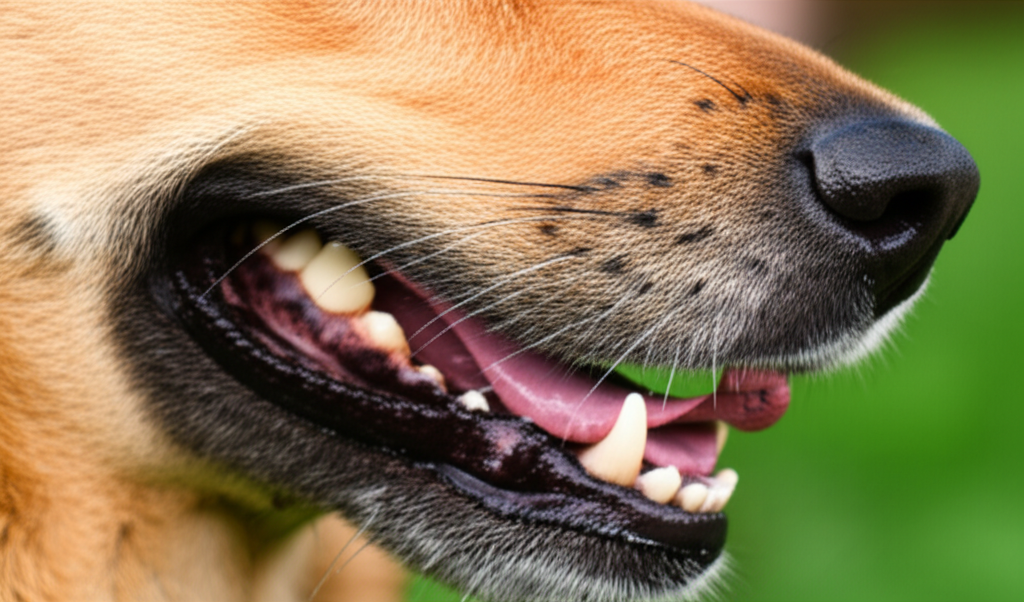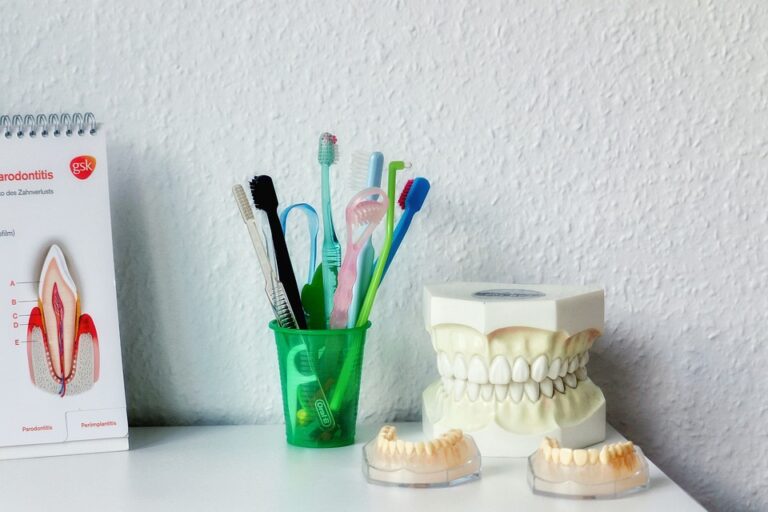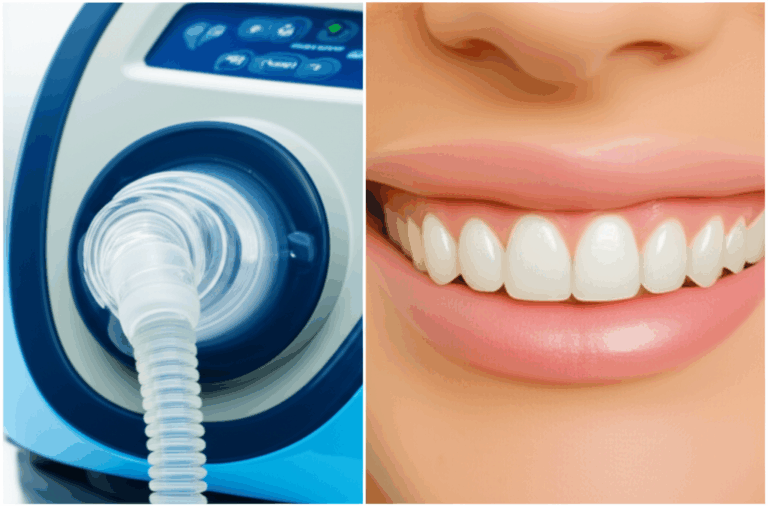
What Are the Signs of Dental Problems in Dogs? My First-Hand Guide for Pet Owners
If you’ve ever wondered if your dog has mouth problems, trust me—you’re not the only one. Like a lot of dog owners, I used to think stinky breath was normal for dogs. But that changed when I saw my own dog chewing funny and ignoring her favorite toy. Sound familiar? I’m here to share what I learned about spotting these warning signs, why they matter, and how you can help keep your dog’s teeth (and overall health) in good shape.
Table of Contents
- Why Dental Problems in Dogs Matter
- The Most Obvious Warning Signs to Watch For
- Behavioral Clues That Reveal Your Dog’s Pain
- Less Obvious Signs and Serious Complications
- What to Do If You See These Signs
- Practical Ways to Prevent Dental Issues in Dogs
- Frequently Asked Questions About Dental Problems in Dogs
- Why Investing in Dental Care Pays Off
- Quick Reference Table: Stats Every Owner Should Know
- Conclusion: Why Your Dog’s Mouth Deserves Priority
Introduction: Why Dental Problems in Dogs Matter
I’ll be honest. For years, I thought “dog breath” was just how dogs are. But when my dog, Molly, started acting strange—avoiding her dry food, rubbing her face on the couch, and getting grumpy when I petted near her mouth—I knew something was wrong. Going to the vet really opened my eyes.
Why should you worry about your dog’s mouth? Mouth disease isn’t just about stinky breath or gross-looking teeth. It causes real pain and can quietly make your dog sick. From my own experience, ignoring dental problems can set your dog up for big troubles later—pain that won’t quit, and even issues with the heart and kidneys. If you’re reading this, you’re already off to a good start. Let’s get into what warning signs to look for.
The Most Obvious Warning Signs to Watch For
Some mouth problems flash big, hard-to-miss signs. Others are sneaky. Here’s what I learned to keep an eye out for.
Halitosis (Bad Breath): More Than Just “Dog Breath”
I used to joke about Molly’s “toxic” mouth—until my vet explained it’s not normal. If your dog’s breath suddenly gets really bad, like rotten or metallic, that’s a problem. Persistent bad breath usually means germs are living under the gums, and that can be a sign of infection, plaque build-up, or something worse.
So, if you walk by and your dog’s mouth smells like rotten fish or trash, don’t laugh it off. That’s a cry for help.
Visible Changes in Teeth and Gums: What I Saw and You Can Too
Take a look inside your dog’s mouth (if she lets you). Here’s what I check for now:
- Plaque and Tartar Build-Up: Yellow or brown gunk on the teeth—especially the back teeth—means plaque and tartar are there. They’re more than ugly; they are the start of gum problems.
- Red, Swollen, or Bleeding Gums: Healthy gums are pink, not bright red. Puffy, bleeding, or shrinking gums are big signs of gum trouble. Molly’s gums bled when I tried brushing—something I shouldn’t have ignored.
- Loose or Missing Teeth: Grown dogs shouldn’t lose teeth. If you find a wobbly tooth, it means bad dental disease.
- Discolored Teeth: Teeth that are brown, gray, or even purple could mean the tooth is dead or infected.
Drooling and Pawing at the Mouth: Pain Speaks Without Words
I’ll never forget when Molly started drooling puddles on her bed and smacking at her mouth. Dogs can’t tell you “ouch!” but they let you know by:
- Drooling much more than normal, sometimes with blood in it.
- Pawing at their mouth, rubbing their face on carpets, or sliding their snout on the furniture.
If these start up out of nowhere, especially with other signs, don’t ignore it. Your dog is hurting.
Behavioral Clues That Reveal Your Dog’s Pain
Mouth pain can be hard to see at first. Dogs hide pain well, but over time, their behavior will show it. Here’s what changed with Molly, and what you should watch for.
Changes in Eating Habits
Maybe your dog is slow at dinner or spits out her food. When Molly stopped eating crunchy treats, I thought she was picky. Turns out, her mouth hurt too much to chew.
Look for:
- Doesn’t want hard food or crunchy treats.
- Chews only on one side of her mouth.
- Drops food out or gives up eating.
- Whining or yelping while eating.
- Ignores favorite toys or bones.
- Stops eating or loses weight.
Even little changes in how your dog eats could mean a sore mouth.
Shifts in Temperament
Mouth pain doesn’t just mess up mealtime; it can make your dog cranky. Molly, who was always happy, started snapping when I touched near her head. This isn’t uncommon.
Watch for:
- Growling or snapping when touched near the mouth.
- Acts tired or doesn’t want to play.
- Hides or acts distant.
- Won’t fetch, tug, or play.
These changes can be slow, but together, they tell you something’s wrong.
Face Sensitivity and Swelling
If you rub your dog’s face and feel a bump under her eye, it could mean a tooth abscess—a pocket of infection that hurts a lot and can be dangerous.
I once found a small swelling by Molly’s eye. The vet said it was an upper tooth abscess and told me that untreated infections can break through, causing discharge from the nose or eye, or even make a weird hole in the mouth. It’s not something you want your dog to go through.
Less Obvious Signs and Serious Complications
Some mouth problems stay hidden until things get really bad. Here’s what I learned about sneaky dental disease:
- Nasal Discharge or Sneezing: Bad infections in the roots can break into the nose, causing sneezing or weird nose discharge.
- Eye Discharge or Swelling: A tooth infection can burst up, leading to swelling near the eye and eye discharge. If Molly got these signs, the vet said it might mean infection broke through the bone!
- Problems With Other Organs: This is when things get scary. Ongoing infections in the mouth can send germs into the blood and hurt the heart, liver, or kidneys over time.
If this doesn’t convince you mouth care matters, I don’t know what will.
To learn more, check out this informative overview of dental diseases.
What to Do If You See These Signs
Spotting mouth trouble? Here’s what I learned (sometimes the hard way):
Don’t Wait—Go to the Vet
One thing I learned fast: dog mouth problems don’t get better alone. The longer you wait, the tougher—and pricier—it gets. If you wait for the really bad signs, it might be time for tooth pulling, not just a simple clean.
At the vet, you can expect:
- A good look at the mouth—sometimes with sedation, because most dogs won’t sit open-mouth for long!
- Dental X-rays to see hidden problems under the gum.
- A plan: maybe a professional cleaning or even pulling out bad teeth.
Usually, a cleaning under anesthesia makes a world of difference. My dog felt so much better after her first proper mouth cleaning—it was like she got her spark back.
Don’t Try to Fix Serious Problems At Home
Thinking about scraping that tartar off yourself or poking in your dog’s mouth? Please don’t do it. You might hurt the gums or spread infection. Some pet-safe products are great for prevention, but if your dog already has disease, see a pro.
Practical Ways to Prevent Dental Issues in Dogs
Honestly, it’s way better to stop mouth problems before they start. Here’s what I do now (and what my wallet and my dog are grateful for):
Daily Tooth Brushing (Yes, It’s Possible!)
I never thought I could get Molly to let me brush her teeth—I could barely cut her nails! But with patience and treats, she learned to let me use a dog toothbrush and toothpaste. Go slow, make it fun, and try to brush a few times a week.
Want to know more about mouth health (human or dog)? Here’s a teeth health guide.
Dental Chews and Toys
Look for dental chews or toys with a special VOHC seal (Veterinary Oral Health Council). Not all chews actually help—some are just treats. My dog’s favorite are bumpy rubber toys that really work on her teeth and gums. I saw a real difference after switching to the right ones.
Dental-Specific Diets
Some dog foods are made to help with plaque and tartar. Ask your vet if this would help your dog. It was a real help for Molly, especially as she got older.
Regular Vet Check-Ups
You can’t skip this. Vets can spot problems before they get out of hand. I always ask for a mouth check at every appointment. Some vets even give discounts for yearly cleanings.
Read more about mouth care here: dental care and aesthetics.
Frequently Asked Questions About Dental Problems in Dogs
Here are some questions I hear all the time from other dog owners.
How Common Are Dental Problems in Dogs?
Very common. More than 80% of dogs have some mouth disease by age three—that’s almost every dog I know. This covers mild gum swelling to really bad gum disease.
Are Some Dogs at Higher Risk?
Yes. Small breeds like Yorkies, Chihuahuas, and Poodles, plus dogs with short snouts, tend to have crowded, crooked teeth that traps more plaque. Older dogs are at higher risk too.
What If My Dog Doesn’t Show Any Symptoms?
Dogs are good at hiding pain. I’ve seen dogs with rotten teeth still eating just fine. That doesn’t mean they’re not hurting—it just means we need to be alert and check regularly.
Can Dental Disease Affect More Than the Mouth?
For sure. Bad infections can send germs to the heart, liver, and kidneys. If you don’t treat it, it can get really serious. That’s why I never skip the dental checkups anymore.
What Does a Professional Cleaning Involve?
Usually, your dog will get anesthesia for a full clean. This is the best way—vets can remove all the tartar, take X-rays, and look for problems you can’t see. Most dogs recover fast and are much happier after!
Why Investing in Dental Care Pays Off
Here’s the truth: after Molly had her teeth cleaned and one bad tooth removed, she ran around the house like a new dog—happier, eating again, and not grumpy. The costs seemed high at first, but it was nothing compared to what could have gone wrong. She actually wanted to play again. She finished all her food for the first time in weeks.
Doing regular mouth care saves money, pain, and worry. It made me an owner who feels confident about my dog’s health—not just for Molly, but for every dog I meet.
Quick Reference Table: Stats Every Owner Should Know
| Fact | Details |
|---|---|
| Dogs with dental disease by age 3 | Over 80% |
| Most common dental issue | Gum (periodontal) disease |
| Top breeds at risk | Yorkies, Chihuahuas, Poodles, other small/toy breeds |
| Signs not to ignore | Bad breath, not eating, red/swollen gums, loose teeth, drooling, swelling |
| Most serious risk | Infection spreading to heart, kidneys, or liver; chronic untreated pain |
| Prevention saves | Brushing, professional cleanings, dental diets, safe toys/chews |
Conclusion: Why Your Dog’s Mouth Deserves Priority
Looking back, I wish I took Molly’s bad breath and crusty teeth seriously from the start. Mouth disease in dogs is very common, but you can stop it. The change in my dog’s life after fixing her mouth problems was amazing—she had more energy, ate better, and was more affectionate.
If you see anything—bad breath, sore gums, or even just strange behavior—don’t wait. Get your dog checked, try adding mouth care at home, and always keep an eye on their teeth.
Your dog’s happy tail wags, zoomies, and appetite depend on more than just good food or belly rubs—they depend on a healthy mouth. Trust me, you and your dog will be glad you checked.
Do you want to read more about caring for teeth for people and pets? Here’s a resource with clear, simple advice: teeth information.








